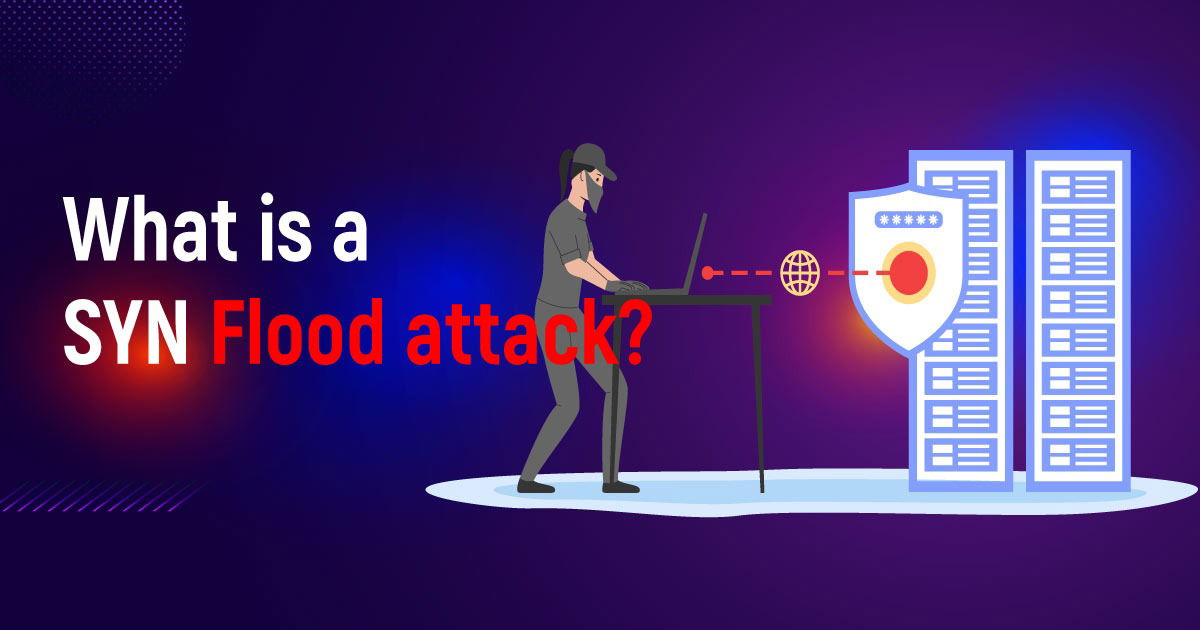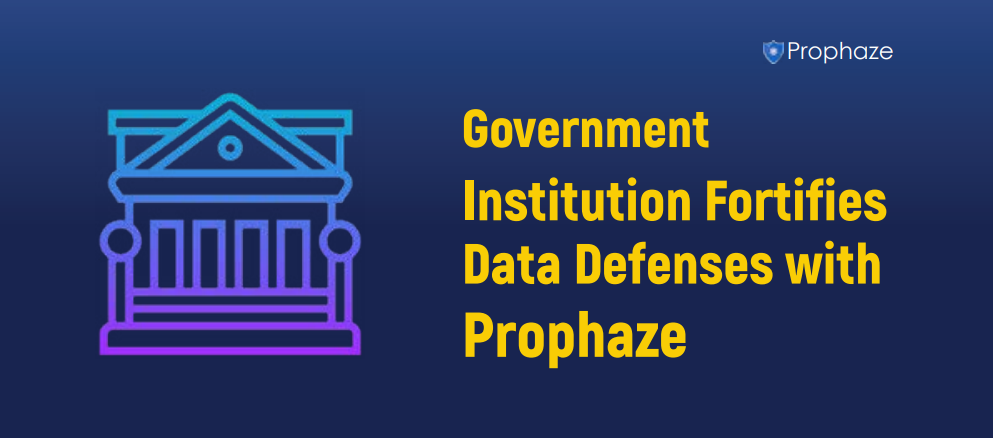In a TCP (Transmission Control Protocol) connection, a three-way handshake is performed between the client and the server to establish a reliable communication channel. This handshake involves a Synchronize (SYN) packet sent by the client, an Synchronize-Acknowledge (SYN-ACK) response from the server, and an Acknowledge (ACK) packet sent back by the client to complete the connection setup.
SYN flood attacks exploit the TCP handshake process by overwhelming the target server with a flood of SYN packets. Attackers send a massive volume of SYN requests with spoofed source IP addresses, exhausting the server’s resources and preventing it from establishing legitimate connections. This leads to denial of service for legitimate users trying to access the targeted service.
Techniques used in SYN Flood Attacks
Spoofed Source IP Addresses:
Attackers often use IP address spoofing techniques to hide their identity and make it difficult to trace the origin of the attack. By falsifying the source IP addresses in the SYN packets, attackers can elude detection and complicate the mitigation process.
SYN Packet Flooding:
In a SYN flood attack, attackers flood the target server with a continuous stream of SYN packets, overwhelming its capacity to process and respond to these requests. Since the server has limited resources allocated for maintaining half-open connections, the flood of incoming SYN packets quickly exhausts these resources, leading to service degradation or even complete unavailability.
SYN Cookie Defense Evasion:
To counter SYN flood attacks, some servers implement SYN cookies as a defense mechanism. SYN cookies involve encoding information in the initial SYN-ACK response to verify legitimate connection requests. However, sophisticated attackers may employ evasion techniques to bypass SYN cookies, making the attacks more challenging to mitigate.
Consequences of SYN Flood Attacks

Network Congestion and Service Disruption:
SYN flood attacks generate a massive volume of incoming SYN packets, overwhelming the target server’s bandwidth and processing capabilities. This results in network congestion, increased latency, and eventual service disruption, rendering the targeted service inaccessible to legitimate users.
Resource Exhaustion:
The flood of incoming SYN packets consumes server resources, including memory, CPU cycles, and network buffers. As a result, the server’s resources become exhausted, limiting its ability to handle legitimate connection requests and degrading overall performance.
Collateral Damage:
SYN flood attacks not only impact the target server but also cause collateral damage to other systems and networks connected to the same infrastructure. Network routers, switches, and firewalls may experience performance degradation or even failure due to the excessive volume of traffic generated by the attack.
Mitigation Strategies for SYN Flood Attacks
SYN Flood Detection and Filtering:
Implement robust network monitoring and intrusion detection systems to identify and block SYN flood traffic. Employ rate limiting and traffic filtering techniques to identify and discard excessive SYN packets, reducing the impact on network resources.
SYN Cookie Protection:
Enable SYN cookie protection on servers to mitigate the impact of SYN flood attacks. SYN cookies dynamically encode connection information in the SYN-ACK response, allowing legitimate clients to establish connections while effectively thwarting SYN flood attacks.
Bandwidth and Resource Scaling:
Ensure sufficient bandwidth and resource allocation to handle sudden spikes in traffic. By scaling up network capacity and server resources, organizations can better withstand the impact of SYN flood attacks and maintain service availability.
Cloud-based DDoS Protection Services:
Consider utilizing cloud-based DDoS (Distributed Denial of Service) protection services that leverage specialized infrastructure and sophisticated traffic filtering mechanisms. These services can absorb and mitigate SYN flood attacks, redirecting clean traffic to the target server while discarding malicious traffic.
Conclusion
SYN flood attacks pose a significant threat to network availability and can disrupt online services, causing financial losses and reputational damage to organizations. By understanding the techniques employed by attackers and implementing effective mitigation strategies, network administrators can fortify their defenses against SYN flood assaults. Robust SYN flood detection, SYN cookie protection, resource scaling, and leveraging cloud-based DDoS protection services are crucial components of a comprehensive defense strategy to mitigate the impact of these damaging attacks.












